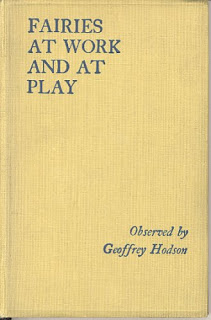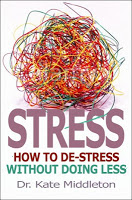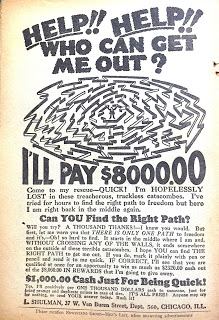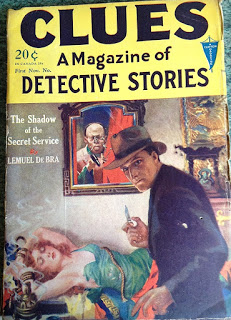
An interesting illustration from an Odham's home learning book from circa 1938 Everybody's Book of Facts. The illustration is by modern standards somewhat racist, even xenophobic. Why the English woman is wearing a cocktail dress whereas all other nations are in traditional or peasant costume is a mystery.To be consistent the English illustration should have shown a farmworker in a smock with a crooked stave. Even in the late 1930s this illustration would have raised a few eyebrows or at least a laugh...the author one F.L Bradley is 'quite interesting' on the subject of the location of the 'cradle of civilisation' suggesting the Gobi Desert in Turkestan, farther Pomerania,Java,Brazil, Scandinavia, Honduras, South Africa, the Congo, Ceylon, North America 'and even the Arctic.' He notes 'the place most favoured by modern scholars is Mesopotamia, the present day Iraq, for it is there the oldest remains of stone buildings have been found, and not far off in the Caucasus the first metal work...' He concludes:

Eduard Stucken is of the opinion that the cradle is to be located, not in Mesopotamia, nor in the legendary continent of Atlantis, but in a sixth continent, that of Oceania, which has been broken up into the present archipelago of Polynesia, Micronesia and Melanesia by vast upheavals of Nature. The inhabitants of the east coast of this shattered continent are thought to have found a second home in America (there was possibly sea-borne commerce between the empire of the Incas and Polynesia), while the inhabitants of the west coast took ship for farther India, Mesopotamia, and Madagascar. Not only the affinity of language between the Egyptians, the Sumerians,the Polynesians, and the South Americans, but also the custom of building pyramids have been cited in support of this theory. Words which were written on tablets in cuneiform script 6,000 years ago are still used in the Antipodes.
To give but one example, the Sumerian word kud means to part, the Maori word koti means to cut, the Peruvian word kutu means to break a thread with the teeth, and the Mexican word kokota means cutter.
The former inhabitants of Oceania who had fled from their homeland may originally have settled in Siam or in the Sunda Islands. That the Sumerians and the ancient Egyptians were particularly noteworthy seamen has not been established, but the fact that many Sumerian words are still used in America and Polynesia compels one to look for other links. Another point to be noticed in this connexion is that finds have been made on the Peruvian coast which are reminiscent of ancient China. Incidentally the Sumerians were acclaimed as the forefathers of the Turks at the Pan-Turkish Congress held at Stamboul in 1936. It may be that the cradle of civilization was in the Tarim basin in Central Asia, where Sven Hedin, the eminent Swedish traveller, has located an age-old centre of culture in what is now a desert. Possibly, when inner Asia began to assume its steppe formation before the dawn of history, the Turkish and Mongolian peoples spread from here to all points of the compass.
























